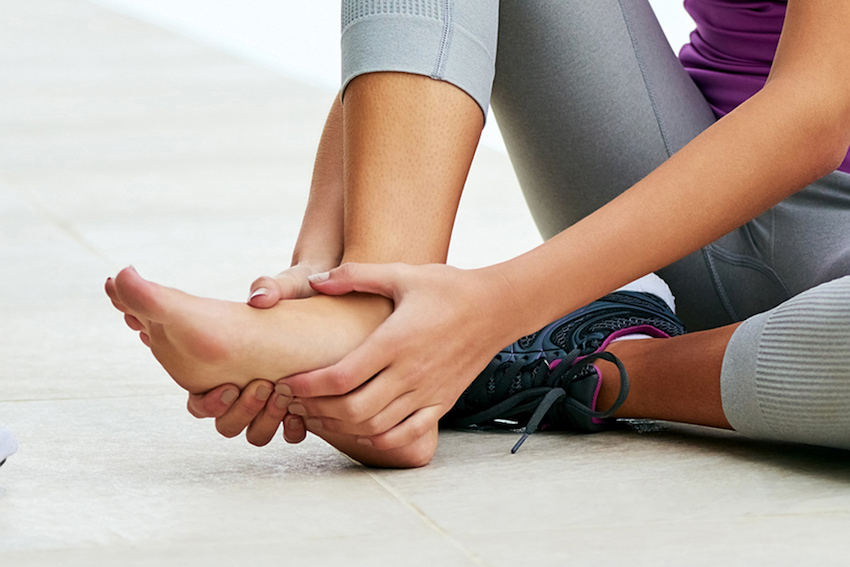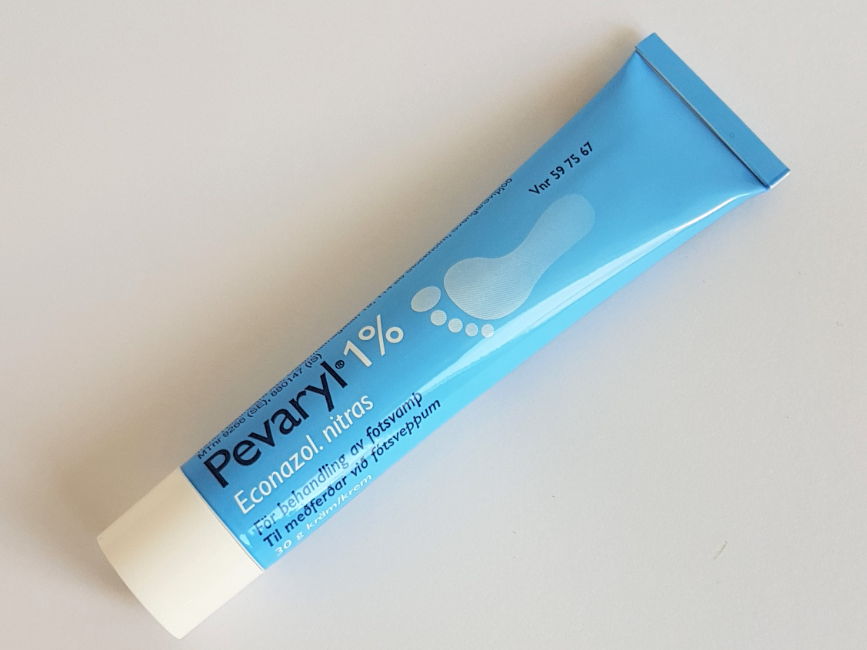Fungal skin infections are prevalent worldwide disorders, with an estimated 20% to 25% of the world’s population suffering from one. Dermatophytes, or fungi that cause skin infections, thrive in moist, warm skin. Fungi thrive in areas that tend to trap moisture, such as between the toes, the vaginal area, and beneath the breasts.
Fungal skin infections seldom go away by themselves and might spread if not treated properly. Ringworm on the scalp and body ringworm is the most frequent infection in prepubescent children. On the other hand, most teenagers and adults suffer from jock itch and athlete’s foot. People who live in tropical areas or who wear tight, no-breathable clothing are more susceptible to acquiring fungal skin infections. Obese people and people with diabetes are also at a higher risk.
Athlete’s Foot

The athlete’s foot, the most common fungal skin infection, develops when feet sweat and warm moisture collects, particularly in the region between the toes. The most prevalent cause is the fungus Trichophyton. Wearing tight shoes or exposing one’s feet to the flooring of communal showers or toilets where others walk barefoot are risk factors. Interdigital, moccasin, and inflammatory are the three most prevalent appearances.
Signs & Symptoms
Interdigital is the most common appearance of the Athlete’s foot. It usually appears between the toes. The skin may peel, break, or turn red and irritated.
The Moccasin form, on the other hand, thickens the skin on the foot’s sole and sides. As a result, the thicker skin dries out and cracks.
Inflammatory is a less common form with which irritating and painful fluid-filled blisters on the bottom of the foot are present. They can also be found between the toes, on the top of the foot, and the heel.
Treatment

When the first symptoms appear, use the Pevaryl topical cream for getting an effective fungal skin infections treatment. It prevents the fungus from forming a protective layer, preventing it from growing and reproducing.
After a week or two of using this antifungal cream, most people see an improvement in their symptoms. Even if your symptoms are partly gone, continue to take this medication for the prescribed amount of time -1 month for athlete’s foot. Some fungal infections can reoccur if treatment is discontinued too soon. However, if your symptoms persist following the indicated treatment course, consult your practitioner. Keep in mind, though that neither Pevaryl cream nor Pevaryl foaming solution is antibiotics; therefore, they cannot treat bacterial infections.
Patients who are prone to severe cases of athlete’s foot may talk to their doctor about using oral drugs such as itraconazole or terbinafine pills. Patients, who have moccasin or inflammatory appearance or have diabetes, are refractory to topical therapy.
Patients should wear wide, porous footwear, change socks often, and physically dry the skin between their toes after showering to help remove the infection and avoid recurrence.
Jock Itch
This fungal skin infection affects the upper inner thighs and is more common in young guys who have excess moisture between the scrotum and the thigh. Though jock itch can affect one or both sides of the thighs, it has little effect on the scrotum. The most common cause of jock itch is Trichophyton. Living in a warm area, frequently wearing damp or tight clothing, and being fat are all risk factors.
Signs & Symptoms
Jock itch is characterised by a rash with a scaly, pink border that can become uncomfortable and unpleasant. A clinician may perform a Wood’s lamp examination to identify jock itch from erythrasma, a bacterial skin infection -erythrasma, but not jock itch, will show a coral-red fluorescence.
Treatment
Topical antifungal creams, lotions, or gels such as Pevaryl-which is econazole, terbinafine, ketoconazole, miconazole, clotrimazole, naftifine, and maybe ciclopirox are used to treat jock itch. Patients who do not respond to these treatments or who have inflamed, widespread illnesses should see a doctor about using itraconazole or terbinafine pills.
Body Ringworm

Body ringworm can develop anywhere on the skin and spread to other parts of the body as well as others in close physical touch with the initial patient. This infection is often caused by fungi from the genera Trichophyton or Microsporum.
Signs & Symptoms
Ringworm on the body appears as pink or red patches with scaly edges and a clear core. These “rings” are typically 1 cm to 5 cm wide but can be greater. Since body ringworm can be itchy or painful; it can easily be confused with other dry-skin disorders such as eczema or psoriasis. A doctor can use a microscope to look for the telltale fungus in a sample of infected tissue treated with potassium hydroxide preparation to make the diagnosis.
Treatment
Topical antifungals such as ciclopirox, naftifine, or terbinafine are used to treat mild to moderate body ringworm. Patients who do not react to these therapies or who have other disabling disorders should see a doctor about taking itraconazole or terbinafine tablets orally.
Scalp Ringworm
Scalp ringworm is very contagious and most usually affect youngsters, particularly children of African descent aged 3 to 9 years. Trichophyton fungus is responsible for around 95% of cases.
Signs & Symptoms
A dry, itchy rash on the head is one of the first symptoms. There may be areas of hair loss or flaking that resemble dandruff at times. However, the classic presentations of scalp ringworm are “black dot”-hair shafts break at the scalp surface, and “grey patch” -hair shafts break above the surface, producing short stubs.
Scalp ringworm can develop into a kerion, which is a huge, swollen, painful spot that crusts and exudes pus. Kerion develops when the immune system reacts to the fungus and attempts to attack it. Infected patients may also have swelling, and enlarged lymph nodes, which helps clinicians distinguish scalp ringworm from other dry skin disorders.
Treatment
Because topical, exterior treatments do not reach the hair shaft, scalp ringworm must be treated with systemic antifungal drugs. Terbinafine and griseofulvin are two systemic alternatives. To decrease transmission, patients must wash with 1 per cent or 2.5 per cent selenium or 2 per cent ketoconazole shampoo at least twice a week in addition to taking medication. While children may attend school while receiving therapy, imidazole or ciclopirox cream should be given to the affected parts of their scalp to reduce the risk of infecting others.
